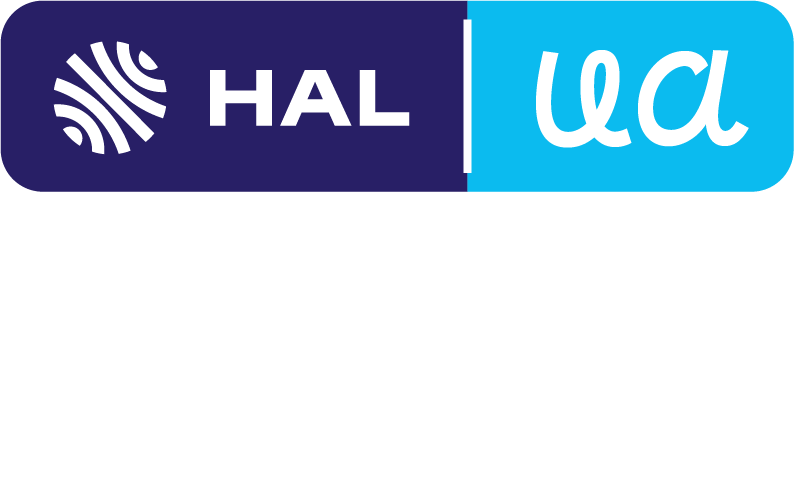Assessment of physical risk factors among artisans using occupational repetitive actions and Nordic questionnaire
Résumé
Aims: The aims of present study is to determine the level of exposure to physical risk factors of work related repetitive movements in the upper limbs among the artisans in Isfahan, using occupational repetitive actions index and the Nordic Questionnaire.
Material and Methods: In this cross-sectional study, the study population consisted of 94 males employed in Artisan production. The tools that be used for assessing physical ergonomic risk factors among artisans was Nordic Questionnaire and OCRA index. The different handicraft tasks and work activities included: Simple etching, embossing, reticular embossing, enameling, tiling, illumination, inlay, copper smithing and, miniature painting have been chosen for the study. The Study was carried out on the both left and right hands. The results were analyzed by statistical tests included Chi square, Kruskal Wallis and one-way variance analysis.
Results: The highest OCRA index score was related to simple etching job, and the other tasks such as embossing, copper smithing, reticular embossing, tiling, miniature painting, and illumination were in lower risk category. Our finding showed that there are a significant difference between OCRA scores of the various jobs (P value < 0.001), and also the relationship between OCRA index and the type of jobs was statistically significant (P value < 0.001). Risk level in the right hand was significantly higher than the left hand (P value < 0.001). Moreover, in both right and left hands, OCRA index was different among several types of jobs (P value < 0.001).
Conclusion: Our assessment showed that in overall there are different physical risk factors among artisans which make them susceptible to musculoskeletal disorders.
| Origine | Accord explicite pour ce dépôt |
|---|
